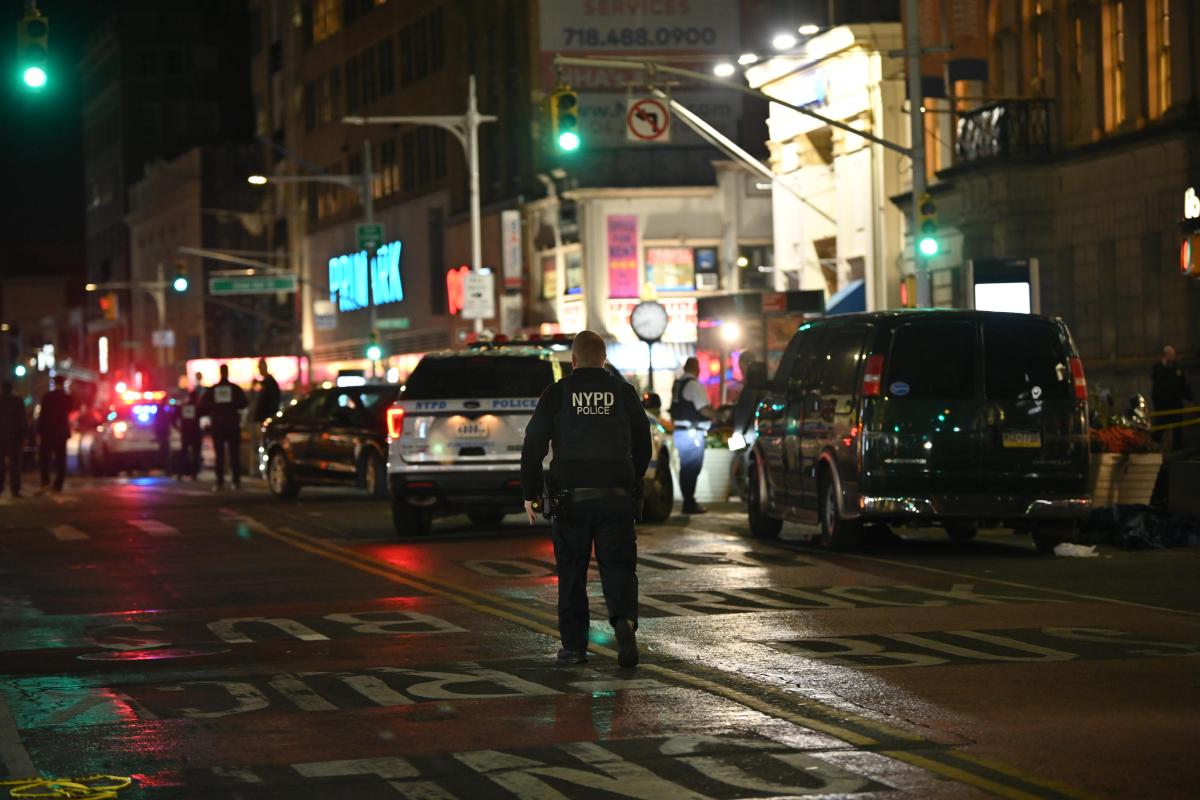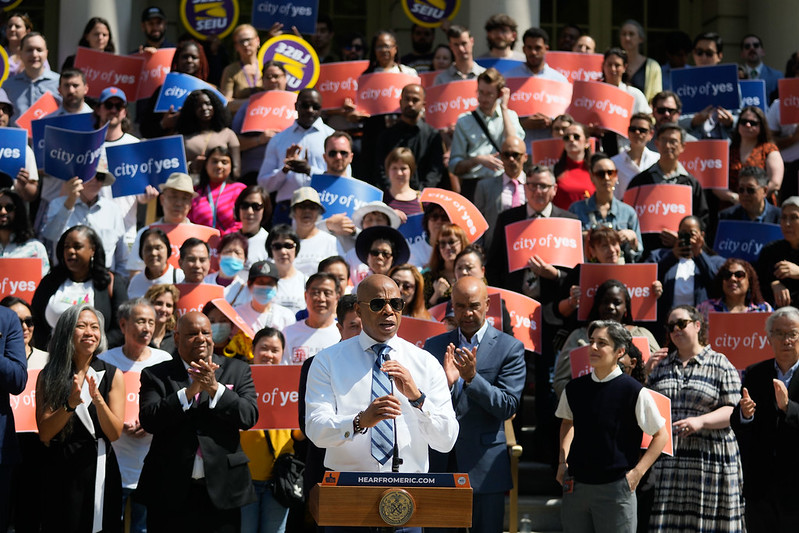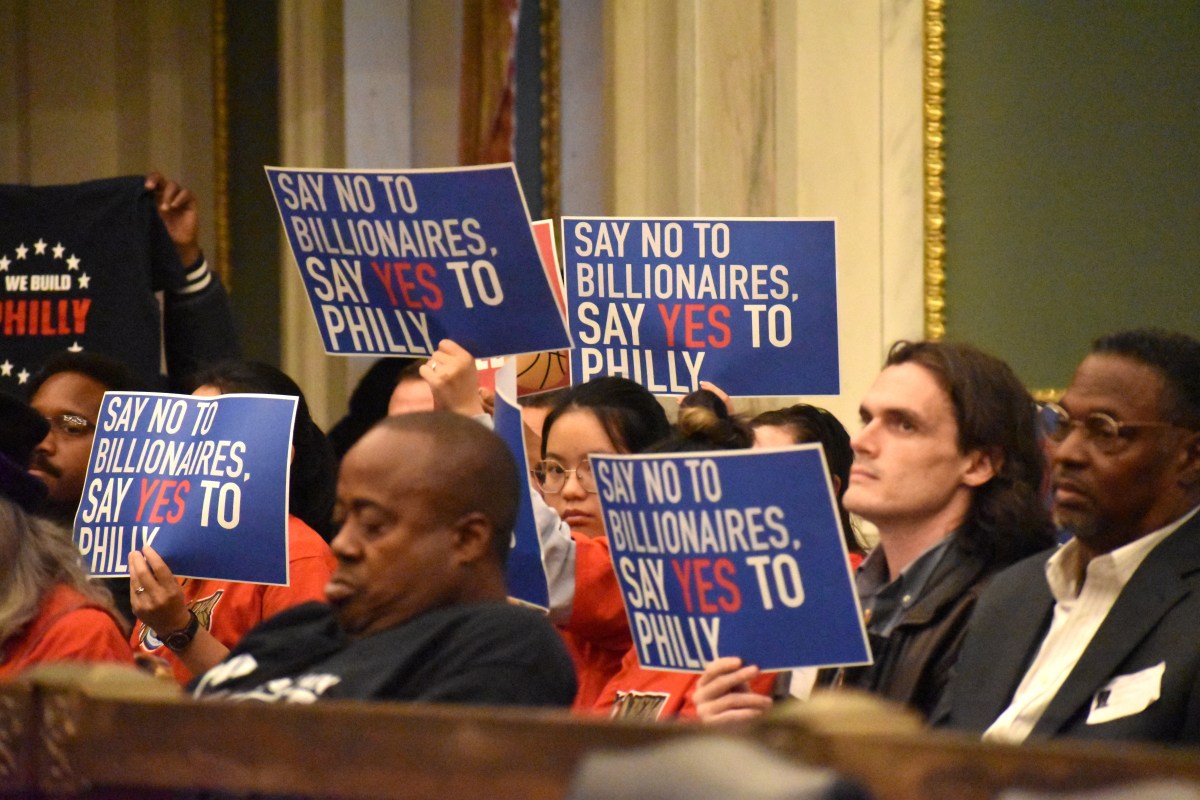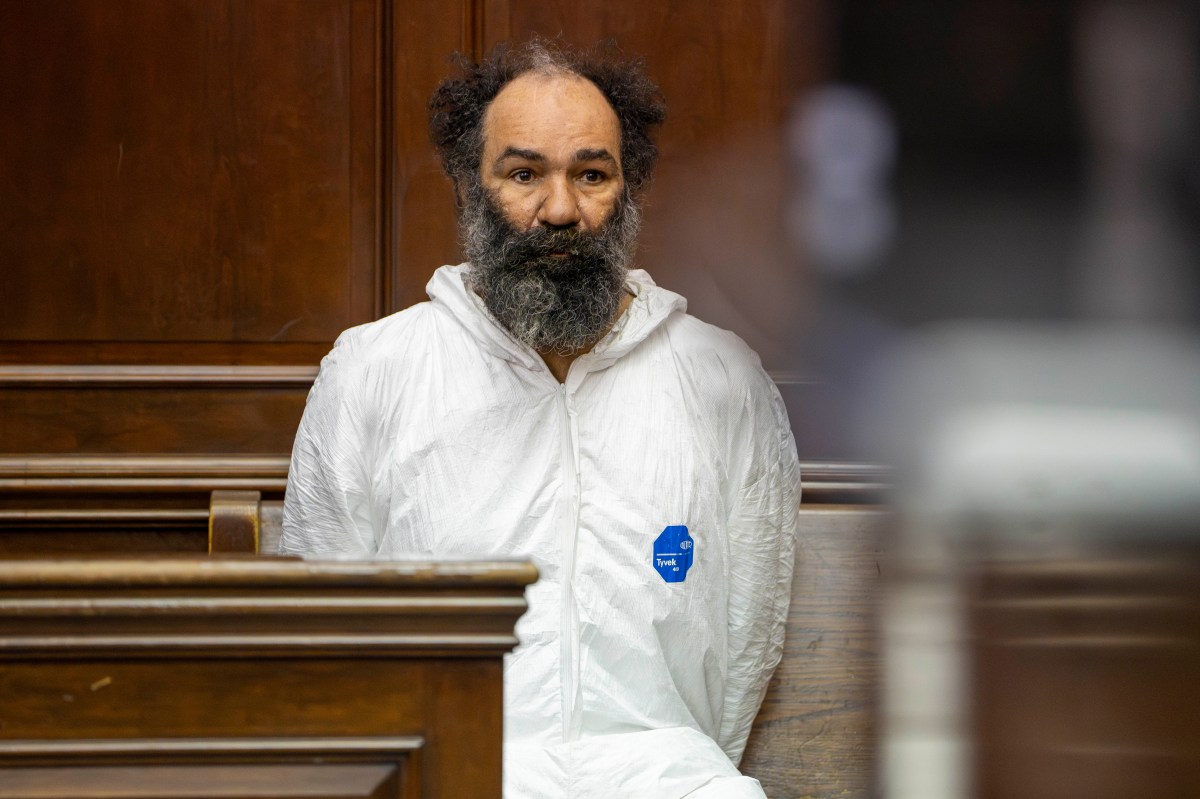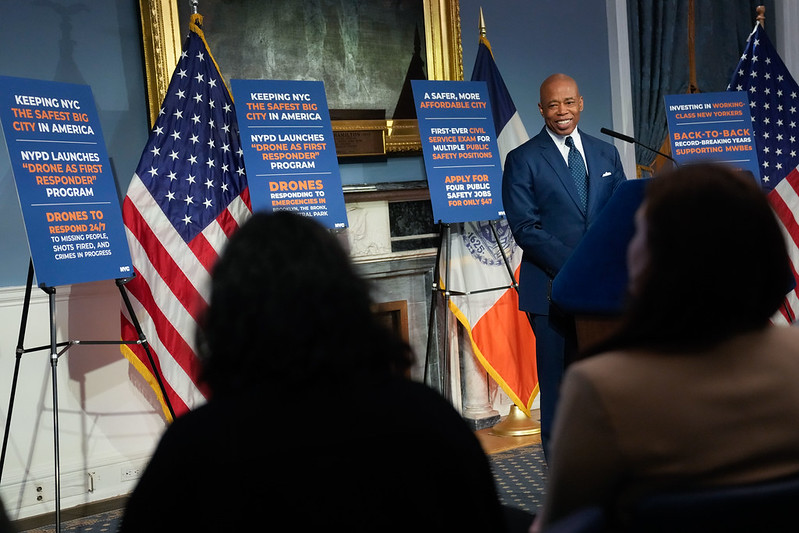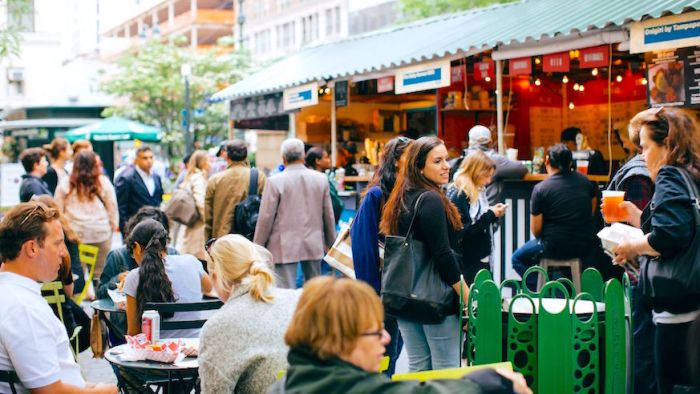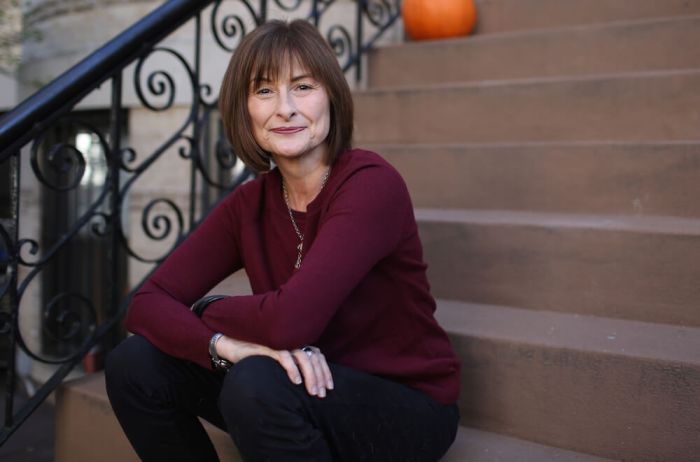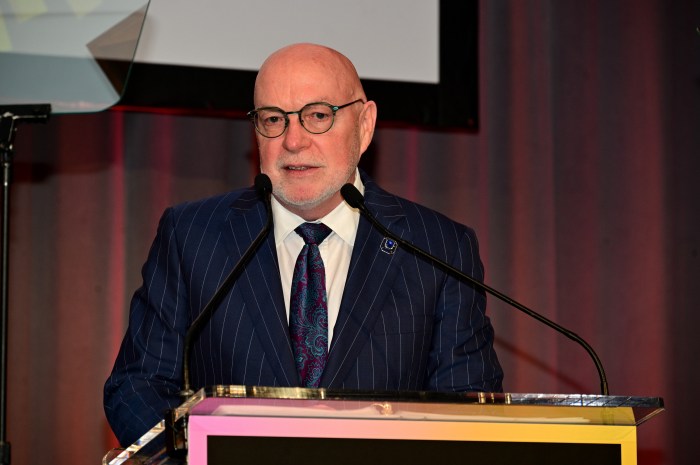Sara Sakowitz is 19 years old. She’s also an award-winning cancer researcher, innovator and entrepreneur whose business could revolutionize education.
The Columbia University sophomore, who plans to major in biochemistry, launched Blue Moon Box — a monthly subscription service that sends science-experiment kits right to kids’ doorsteps — from her college dorm room in March. What started as a way to get her cofounder Soham Daga’s sister interested in science soon snowballed into a full-blown Kickstarter-backed business (it raised $16,000) featured on Good Morning America. “I never expected it to be more than just a project that I had the opportunity to work on before winter break,” says Sakowitz, who soon was getting requests for more boxes for playdates, classrooms and more. “By the time I got back from break we were trying to keep up with the pace of the demand, and it was clear to me that this was something much larger.” Blue Moon Box offers one-time deliveries ($25), as well as three-month ($60), six-month ($110) and 12-month ($210) subscriptions. Each box focuses on a specific scientific theme — such as chemical explosions or rocketry — and comes with a story book-lab manual (written by Sakowitz), which features characters solving mysteries through science, as well as the materials needed for that month’s batch of experiments. Now, Blue Moon Box has more than 400 subscribers in 42 states throughout the country, including Hawaii. We asked the New Yorker — who has just won a 10 Under 20: Young Innovators to Watch award — about why people are loving Blue Moon Box. It encourages kids to get their hands dirty
“I first fell in love with science just from finding it around my house,” says Sakowitz, who remembers mixing baking soda and vinegar to create an erupting volcano at a young age and being entranced. “Those little kitchen-table experiments gave me the tools to explore my world and the science behind it from a really early age.” And she’s not alone. “In my experiences competing in science fairs and working in cancer research labs — which I’ve been doing since I was 16 — I’ve met a lot of people who share my passion,” she says. “And the common thread between us is that we were given these literally hands-on opportunities to figure out how the world worked. I wanted to give kids that same experience.” Kids aren’t getting the science education they need in the classroom
Studies have shown that “learning by doing” — as opposed to just reading — helps students perform better in science. Yet, as schools face shrinking budgets, teachers don’t have the resources to incorporate hands-on learning into their classes. “So, kids are learning scientific concepts from worksheets or Powerpoint presentations, and they’re not experiencing that magic you get when you do it yourself,” says Sakowitz. That leads to more and more kids thinking science is hard. Indeed, almost 60 percent of students who begin high school interested in science and math change their minds by graduation. (And it’s worse for girls.)“I wanted to show kids that science is approachable and fun and not something in intimidating.” Science is the future
More than just fun — and lucrative — science is vital. “I think science is one of the most important fields that society needs to move forward,” says Sakowitz. “Think about all the problems in the world, from climate change to all of these diseases coming back because they’re resistant to the medicines we have. We need future generations to face those challenges head-on, and they’re going to need science to do that.” Raquel Lanerionce put her viola in a freezer for a science experiment. You can follow her onTwitter @RaquelLaneri.
Blue Moon Box is changing the way kids think about science
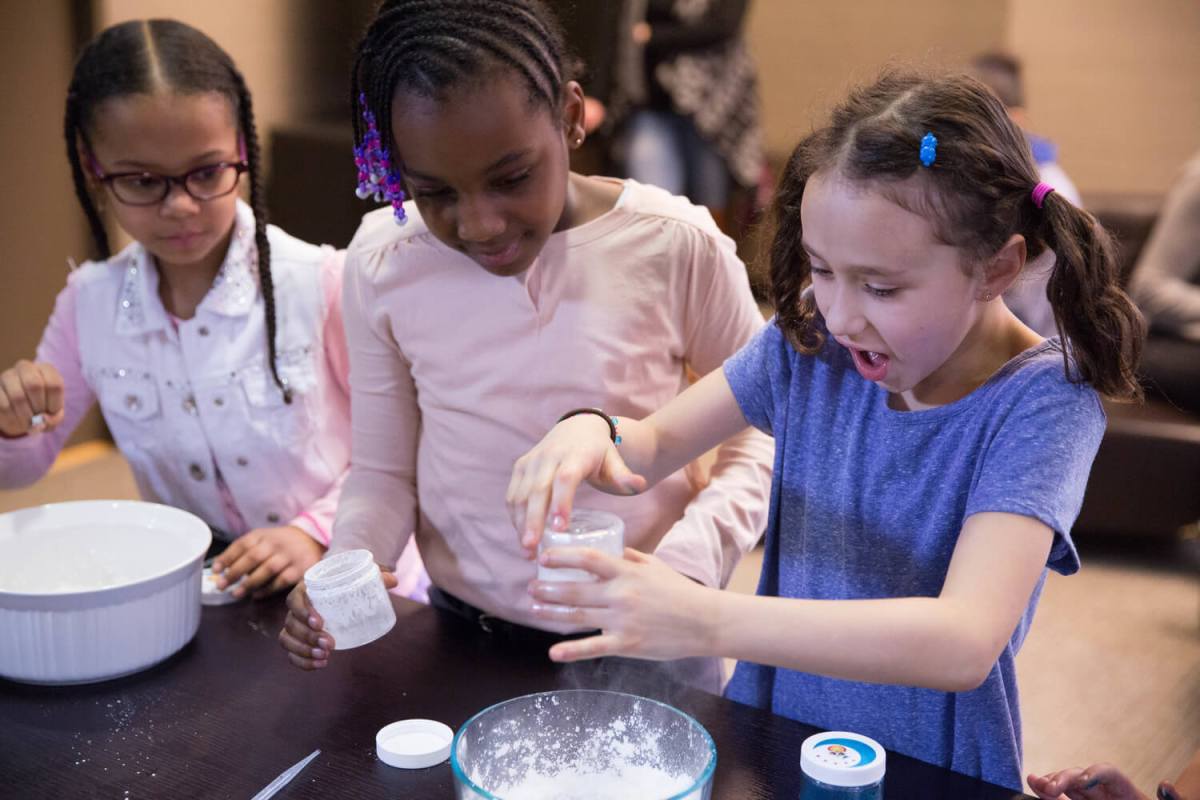
Provided












